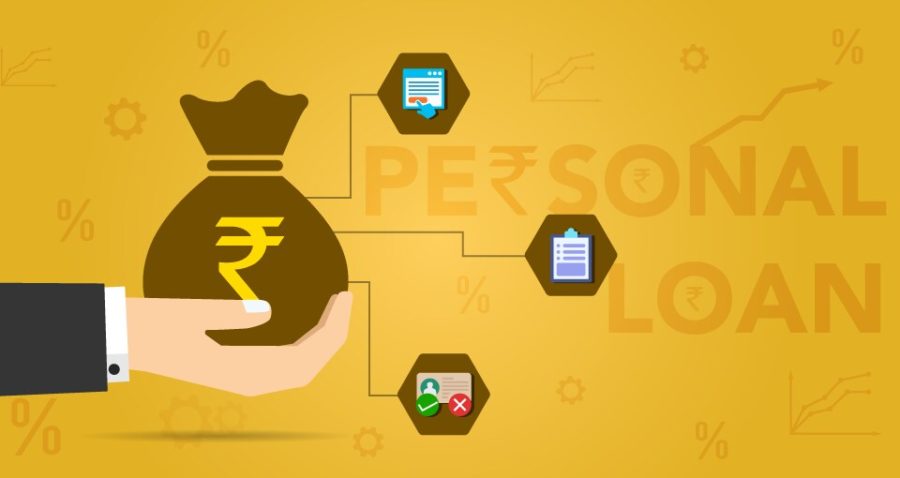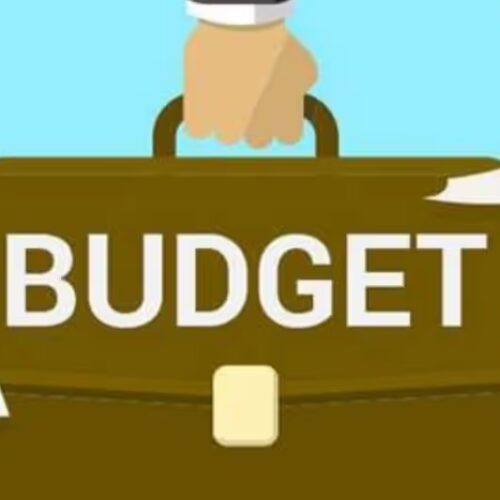The fees associated with a personal loan are often referred to as origination fees, processing fees, or underwriting costs. They cover the cost of processing loan applications, verifying income, and marketing lender operations. These fees can range from 1% to 6% of the loan amount and as high as 8%. To avoid these fees, you should compare personal loan offers carefully before deciding on a loan. Here is a list of the fees you should expect to pay.
Origination fee
An origination fee is a one-time charge that lenders charge for a personal loan. The fee is often calculated as a percentage of the loan amount, so for example, a one percent origination fee on a $10,000 loan would be $100. Despite the name, origination fees are not a necessary cost of doing business and it is possible to find a personal loan without one. Here are some things to consider when negotiating an origination fee.
The amount of the loan you apply for will always influence the origination fee. It is usually a percentage of the loan amount, so the larger the loan, the higher the fee. Origination fees can be quite high, though. Lenders may look at your assets and liabilities to determine whether you’re a good risk. However, the higher your income is, the lower the fee will be. Some lenders may not charge origination fees at all, so this type of loan might be built just for those with good credit.
If you have bad credit, wait to apply for a personal loan until you have more stable financial status. This way, if you have bad credit, you can negotiate for a lower interest rate or lower origination fee. You should also make sure the loan’s repayment period is long enough to cover the fee. In some cases, the fee may be refundable. But be sure you know what you’re signing up for before you begin the application process.
Also Read: How to Get Sameday Loans in the USA 2022
Origination fees are a common source of confusion for new borrowers. Lenders charge these fees as a way to offset the costs of evaluating a new borrower’s application. In addition to a flat fee, a percentage of the loan amount is commonly applied to personal loans. But some states do not charge an origination fee. However, these fees can add up to hundreds of dollars to the cost of the loan.
The origination fee is a necessary expense of borrowing money. While some lenders may advertise that they do not charge origination fees, others will include the cost of the loan process in the overall interest rate. Make sure to look at the APR before signing anything. A lender with no origination fee may raise the interest rate to compensate for the difference. In addition to the costs, origination fees can be negotiated down, meaning you will be paying less interest overall.
Also Read: Types of Bad Credit Loans and Their Uses
Check processing fee
The check processing fee is a cost that lenders charge for each check they receive. This fee is meant to cover the lender’s costs involved with processing a physical check. Lenders charge this fee whether or not the check is postmarked on the date it is received, so borrowers should allow ample transit time before they write a check. Late checks can be charged a late payment fee as well.
The application processing fee for a personal loan is generally lower than the application fees for mortgages, though some lenders may still charge a fee of up to $100 to process your application. Whether or not you qualify for a loan depends on several factors, including the type of loan you’re looking to get. However, you should ensure you qualify for the loan before you apply. When comparing personal loan fees, always remember that processing fees are not always the same as origination fees.
The origination fee, also known as a processing fee or an underwriting or application fee, is an upfront charge that lenders charge for processing your loan application. It can range anywhere from one percent to ten percent and is often based on your credit score. The higher your credit score, the lower your fee will be. But beware of lenders that add the origination fee to your loan balance. A high origination fee can add up to 20% of your loan balance.
Late payment fee
If you missed a payment, a late payment fee will be assessed. Some lenders charge a flat late fee of $25-50, while others may charge a fee of three percent to five percent of the total payment amount. The fee should appear on your billing statement the next month, and you can appeal if necessary. Remember, making consistently late payments will negatively impact your credit score and affect your ability to borrow money in the future.
Most personal loans can be paid off over a period of one to 10 years, with monthly payments. Some lenders also charge prepayment penalties, but not all of them. These fees are intended to help lenders recoup the interest they paid on the loan. The prepayment penalties tend to be smaller the shorter your repayment term. You can ask for a fee waiver or find another lender if you’re charged this fee.
Late fees are a way for creditors to make money by penalizing consumers for missing their payments. The fees vary by lender, but they are usually reasonable and should be clearly outlined in the contract. In addition to being annoying, late fees can also damage a consumer’s credit rating. For these reasons, it is best to avoid these fees as much as possible. This article discusses how to avoid late payment fees on personal loans in the USA.
While late payment penalties differ by lender, they generally range from $10 to $40 and can be as high as 10% of your monthly payment. While a late payment penalty can be frustrating, it also helps reduce the lender’s risk and recover costs sooner. The late payment fee is a necessary measure to protect the lender’s interests. It’s an important step to ensure you are eligible for the loan before applying.
Interest rate
The interest rate on personal loans is a percentage of the principal amount borrowed. Because these loans are considered unsecured debt, they often carry higher interest rates than other loans, including auto loans and mortgages. Interest rates are calculated using annual percentage rate (APR), which includes fees, compounding costs, and the effect of inflation. Many lenders use a monthly periodic rate, which is calculated by dividing the APR by twelve. The higher the rate, the more you will pay in interest.
Traditional banks offer personal loans, but they often have tougher requirements. And they typically take longer to fund loans than online lenders. For example, an average bank rate in February 2021 was 9.46%. In addition to banks, credit unions often offer lower interest rates than banks, since their loan officers consider the overall picture of a person’s financial situation. However, membership in credit unions requires fees and eligibility requirements, which you should check out before deciding which lender to go with.
The interest rate on personal loans varies from one company to the next. It varies based on several factors, including the credit score of the applicant. People with good credit can get personal loans with an APR of 9.41%, while those with poor credit can get loans with lower APRs. By comparing various interest rates on personal loans, you can determine which one is most affordable. There are many personal loan providers available, and they are all highly competitive.
There are several ways to calculate your APR. One of the most common ways to determine your interest rate is by looking up your credit score. A higher credit score means less risk for lenders, so a lower interest rate is usually better. Also, lenders who offer personal loans to people with bad credit can be a good choice. If you have excellent credit, you will be more likely to make your payments on time.
The average interest rate on personal loans in the USA ranges from 10.3 percent to 15.5 percent for those with excellent credit to 28.5 percent and 32% for people with bad credit. These rates are still significantly lower than the APR charged by credit card companies. Whether you are looking for a personal loan or an auto loan, the interest rate is calculated differently for every borrower. When applying for a personal loan, it’s essential to compare the APR of the loan and the fees and charges associated with it.





